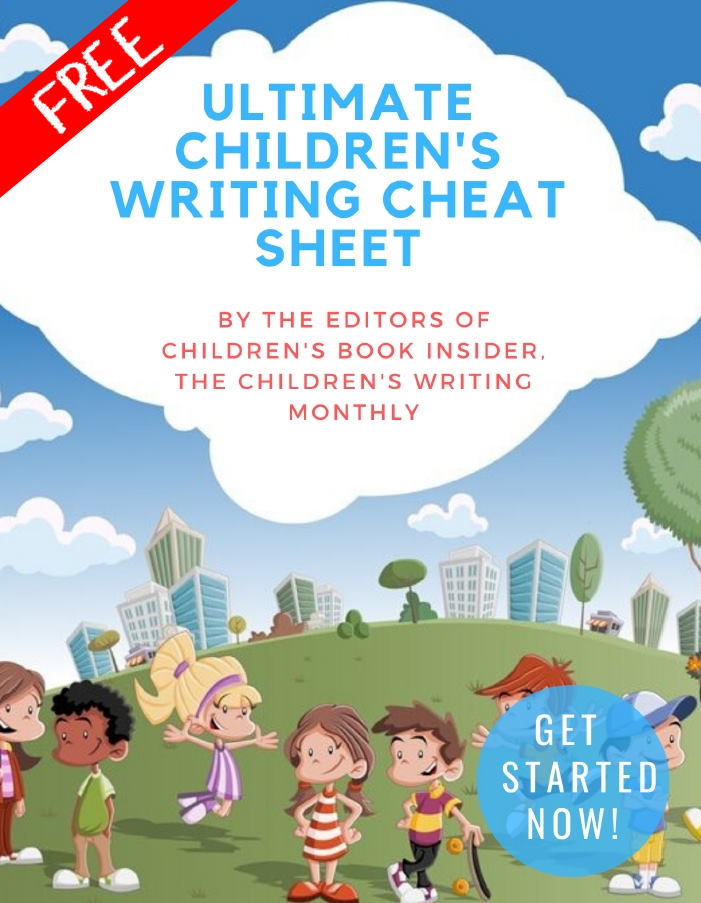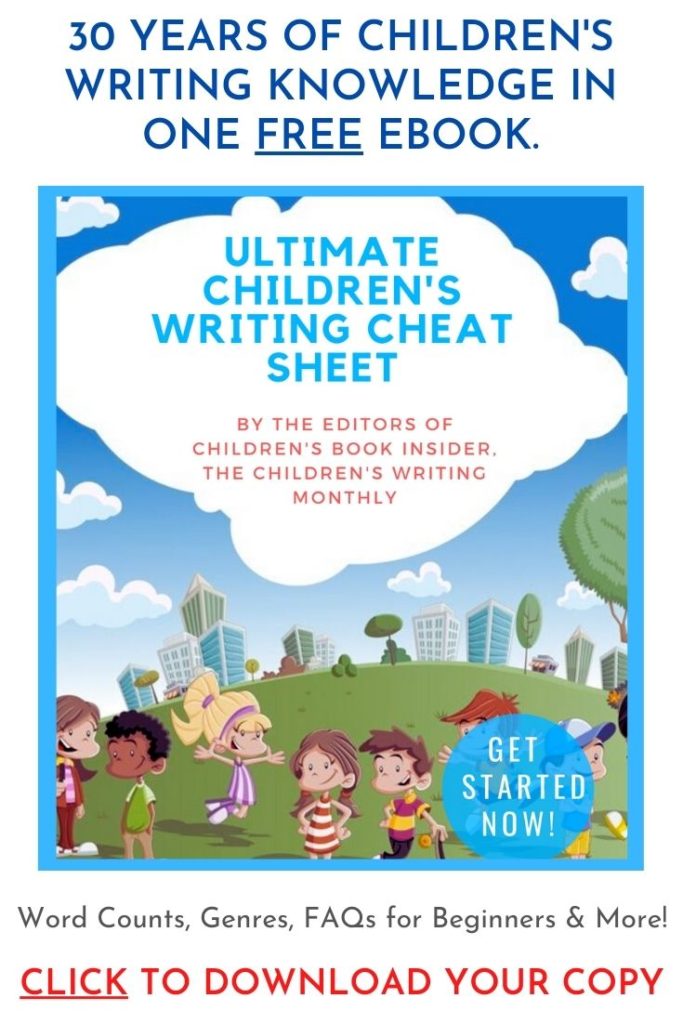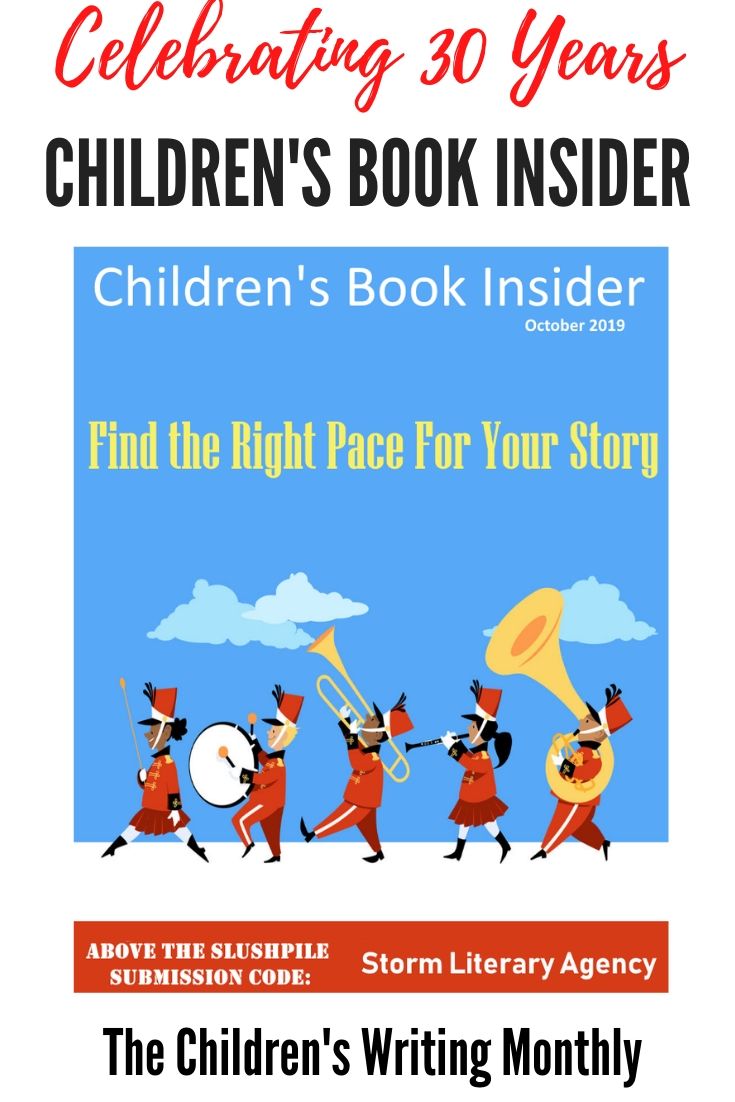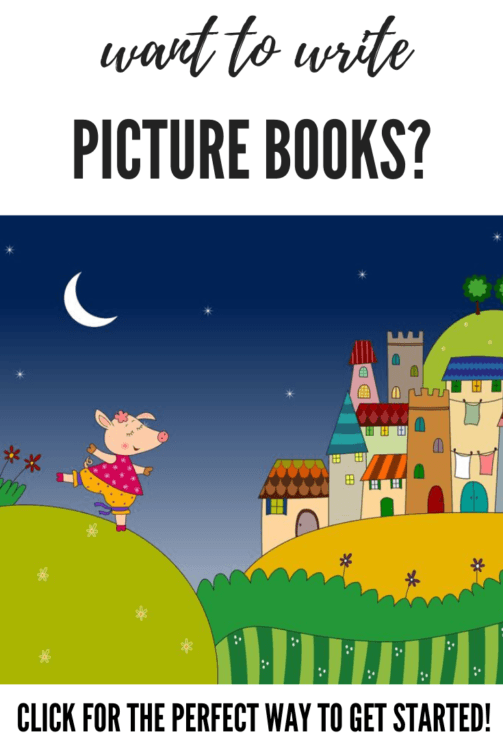
by Christina Hamlett
Like a lot of kids, I grew up thinking that monsters lived in my closet. I had no real reason for believing this, nor did I ever ponder why they could be kept so easily at bay by a Tinkerbelle nightlight, an open bedroom door and a cadre of vigilant stuffed animals. Perhaps, though, I now credit my childhood angst for the adult rationale of keeping my walk-in closet stuffed with enough apparel that any monster dumb enough to get trapped inside would likely suffocate before he could inflict much harm.
Bogeyphobia (yes, that’s a real word) is a fearful state of mind that has probably been around since the dawn of mankind. Whether arising from internal predispositions, exaggerated reactions to traumatic external events or just weary parents trying to keep children in line with scary stories, fabricated “monsters” share a common denominator of giving their intended victims a racing heart, rapid breathing, excessive sweating and uncontrollable shaking. Not only, you see, is it just the thought of impending death that causes them to quake with such dread but – thanks to Hollywood – the thought of meeting one’s demise in a particularly weird, painful and icky way. With the approach of Halloween, what better time for some Monsters 101 to get the creative juices flowing?
By definition, a monster is a fictional creature that has sprung forth as a freak of nature or an experiment by man gone terribly wrong. Whether through hideous appearance, destructive actions or an amoral mindset, monsters serve just as much purpose in holding a mirror up to our own dark sides as they do in filling a proxy role for real-life sociopolitical threats. In the 1950’s, for example, movies involving outer space invasions were subliminal propaganda to remind us that Communists were malevolent bullies wanting to crush us. This was the same decade – fueled by post-atomic jitters – that begot plots wherein unleashed radiation spawned giant ants, monster blobs and mutant crabs. By the 80’s and 90’s, the combined criticism of the space program and the tweaking of DNA to produce clones like Dolly the sheep inspired fare such as the Alien and Jurassic Park film franchises as a graphic warning that scientific curiosity could kill much more than just cats.
If you want to write scary stories that grip your young readers’ imaginations, there are some immutable laws of monster undertakings that they’ll expect you to observe. Specifically:
- The monster is either in circumstances beyond its control or intellect (and, thus, courts empathy) or purposely threatens our existence because (1) we’re in its way, (2) we’ve awakened a curse, (3) we’re a plentiful food source or (4) we destroyed something it loved.
- Monsters have a keen sense of smell, vision and/or hearing which always becomes more sharply honed as the plot progresses and causes the pursued to become cleverer in finding hiding places.
- The one person who figures out something is dangerously amiss and tries to warn others that precautions must be taken is (1) always laughed at and thought to be a kook, (2) often tries to befriend the monster or understand its point of view, (3) sometimes dies by misjudging the monster’s motives, or (4) has a loved one that must be rescued from the monster’s clutches.
- To vanquish a rampaging monster, you must either employ the most high-tech gadgetry (which has never been tested until now) or resort to something incredibly simple such as fire, water, mirrors, trip-wires, chasing it onto a glacier or throwing salt in its mouth. A reference to the method of destruction must be foreshadowed early in the plot (and probably by the same guy that everyone laughed at).
- Sometimes the monster wins. (We just don’t always know it.)
Here’s to bringing your own monsters to life! And remember to leave that light on…..
RESOURCES
Any monster you can think of in today’s pop culture can trace its origins to mythology, fairy tales, regional folklore, literature, and even the seafaring tales of early explorers who lived in dread of the Kraken, the Sirens, and Davy Jones’ Locker. Check these out to educate yourself on all things monstrous:
Monsters in the Movies by John Landis (2011)
Mythical Monsters: The Scariest Creatures From Legends, Books and Movies by Chris McNab (2006)
Monsterology: The Complete Book of Monstrous Beasts by Dr. Ernest Drake (2008)
Mythology: The Gods, Heroes and Monsters of Ancient Greece by Lady Hestia Evans (2007)
Monsters by L. Andrew Cooper and Brandy Ball Blake (2012)
Monsters: An Investigator’s Guide to Magical Beings by John Michael Greer (2001)
Christina Hamlett is a media relations expert and award-winning author whose credits to date include 30 books, 156 stage plays, 5 optioned feature films, and hundreds of articles and interviews that appear online and in national/international trade publications. In addition, she is a script consultant for the film industry (which means she stops lots of really bad movies from coming to theaters near you) and a professional ghostwriter (which does not mean she talks to ghosts). Interested in playwriting? See Christina’s post How to Write Plays Children Will Love.

✏ Word Counts & Age Groups for Every Kidlit Category
✏ FAQs, Glossaries and Reading Lists
✏ Category-specific Tips, from Picture Books Through Young Adult Novels
✏ 5 Easy Ways to Improve Your Manuscript
✏ Writing For Magazines …and more!
This is a gift from the editors of Children’s Book Insider, and there’s no cost or obligation of any kind.
We will never spam you or share your personal information with anyone. Promise!





